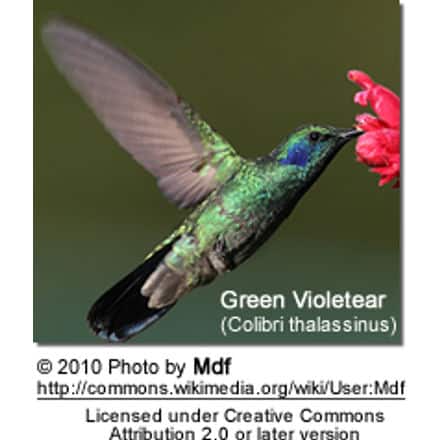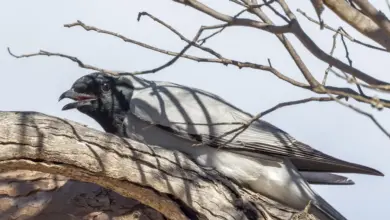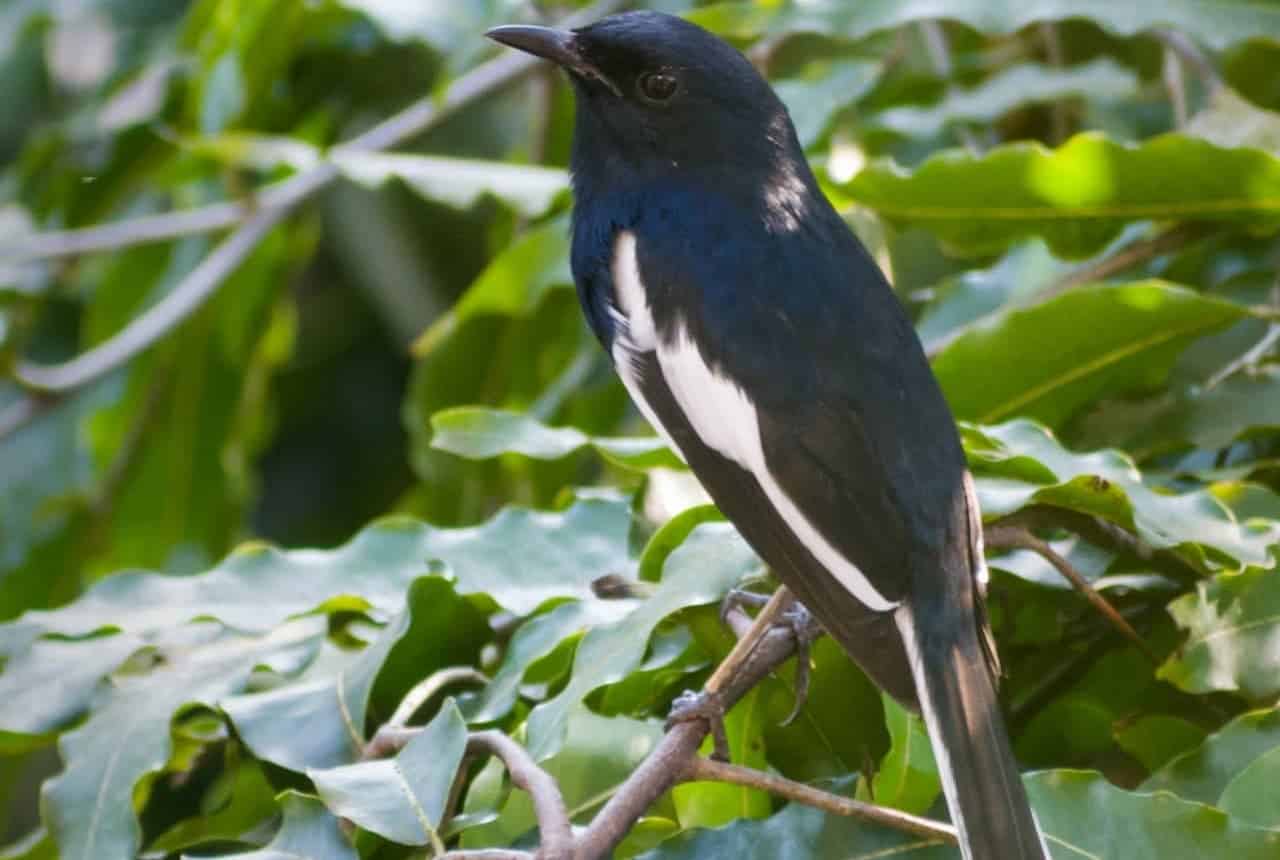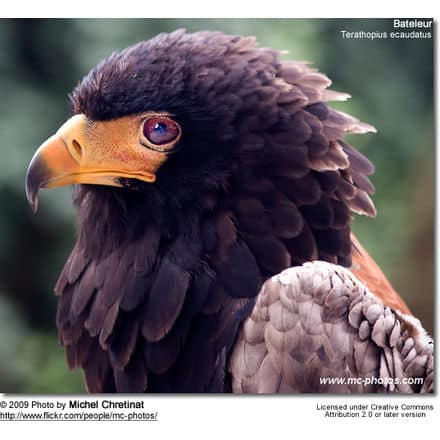Hummingbirds found in Wisconsin, USA
Hummingbirds found in the USA (by U.S. State) … Canada … Mexico … Puerto Rico … Jamaica … Honduras
Hummingbird Information … Hummingbird Species Photo Gallery
Following listed (with photos) are hummingbirds found in Wisconsin:
Ruby-throated Hummingbirds, Archilochus colubris – Natives – Usually arrive in the first week of May (some arrive in April), with males usually being the first to show up to stake out their feeding territories. Most leave toward the end of September. Males usually depart first, and females and the young follow about two weeks later.
The male has a ruby-red throat, a white collar, an emerald green back and a forked tail.
The female has a green back and tail feathers that are banded white, black and grey-green.
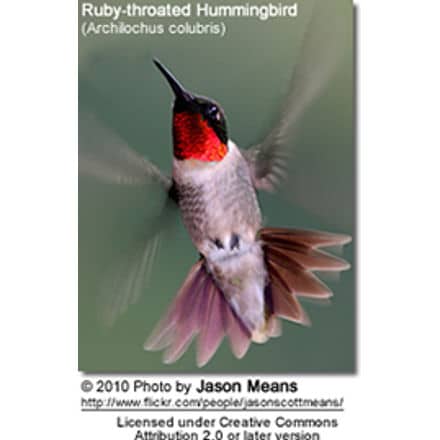

Rufous Hummingbirds Selasphorus rufus — Accidental l Visitors (at least 13 records) … Like the Ruby-throated Hummingbirds, they usually arrive in the first week of May, with males usually being the first to show up to stake out their feeding territories. Most leave toward the end of September. Males usually depart first, and females and juveniles follow about two weeks later.
These hummingbirds are usually found in gardens and at feeders. These birds are fearless, and are known for chasing away other hummingbirds and even larger birds, or rodents away from their favorite nectar feeders and flowers.
Males can easily be identified by their glossy orange-red throats.
Females have whitish, speckled throats, green backs and crowns, and rufous, white-tipped tail feathers.
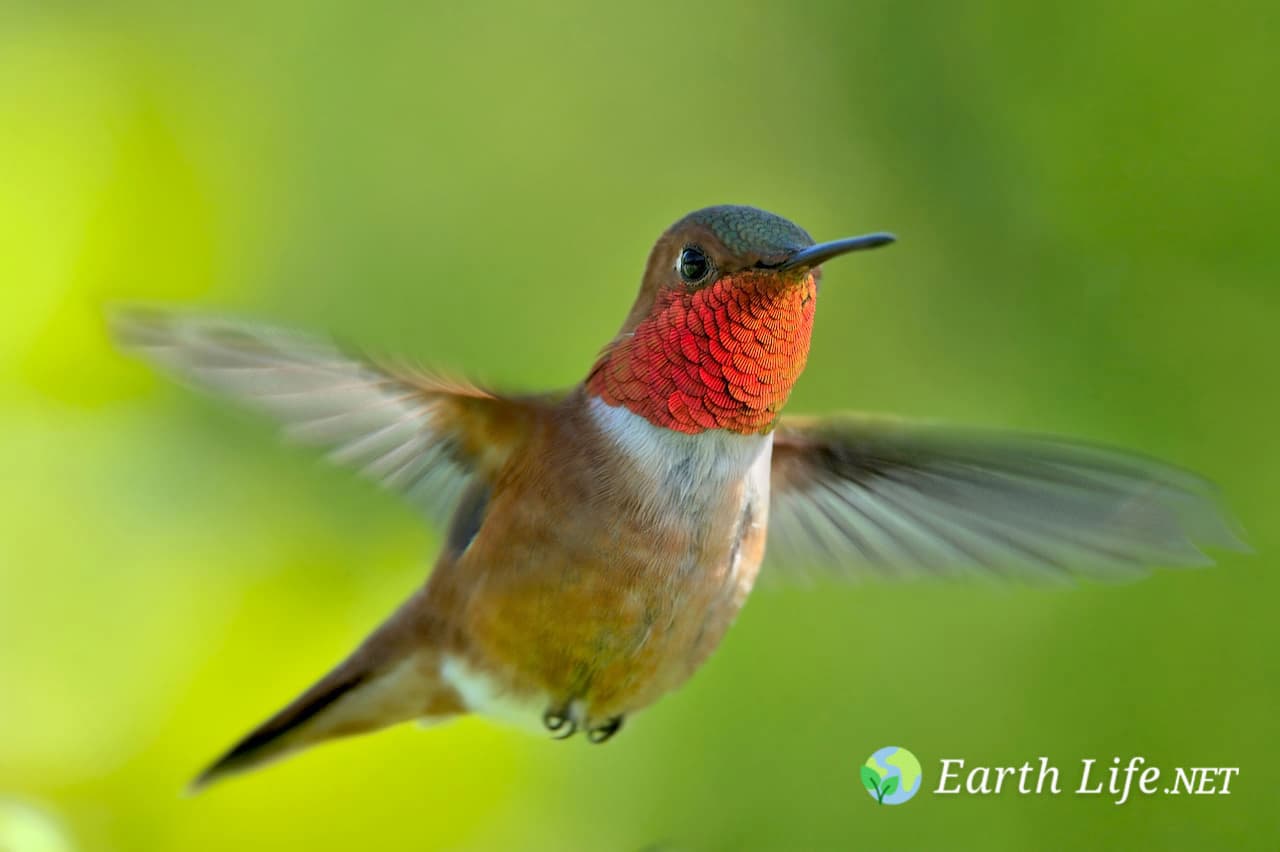
Rufous Hummingbird versus the similar Ruby-throated Hummingbird (Identification)
Anna’s Hummingbirds, Calypte anna – Rare / Accidental
One of the larger and the most vocal hummingbirds in the United States, where it is the only species to produce a song; specifically the males produce a complex series of scratchy noises, sounding like a sharp “chee-chee-chee; when moving from flower to flower, they emit toneless “chip” vocalizations. All other hummingbirds in the United States are mostly silent.
They are well known for their territorial behavior; the male makes elaborate dive displays at other birds and sometimes even at people. At the bottom of their dives, they produce high-pitched loud popping sounds with their tail feathers.
Males have glossy dark rose-red throats and crowns, which may appear black or dark purple in low light. The underside is mostly greyish; and the back metallic green.
Females have light grey chests with white and red spotting on the throat, greenish back and white tipped tails.
They resemble the Costa’s Hummingbirds, but the male’s Costa’s Hummingbird‘s gorget (throat feathers) is longer than that of the Anna’s. They are larger than the Rufous Hummingbirds and lack the rusty coloration of the Rufous Hummingbirds.

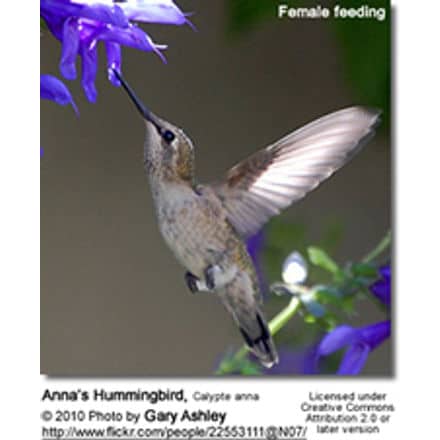
Broad-billed Hummingbirds (Cynanthus latirostris) – Accidental / Vagrants – These mostly Mexican hummingbirds venture into the United States regularly; they mostly visit the southern parts – but a few vagrants travel as far north as Wisconsin.
The male is glossy green above and on the chest. He has a deep blue throat. His straight and slender beak is red with a black tip. His slightly forked tail is dark above, and the under tail feathers are white.
The female is less colorful than the male. Her throat, chest and belly are light to medium grey. She has a white stripe over each eye.
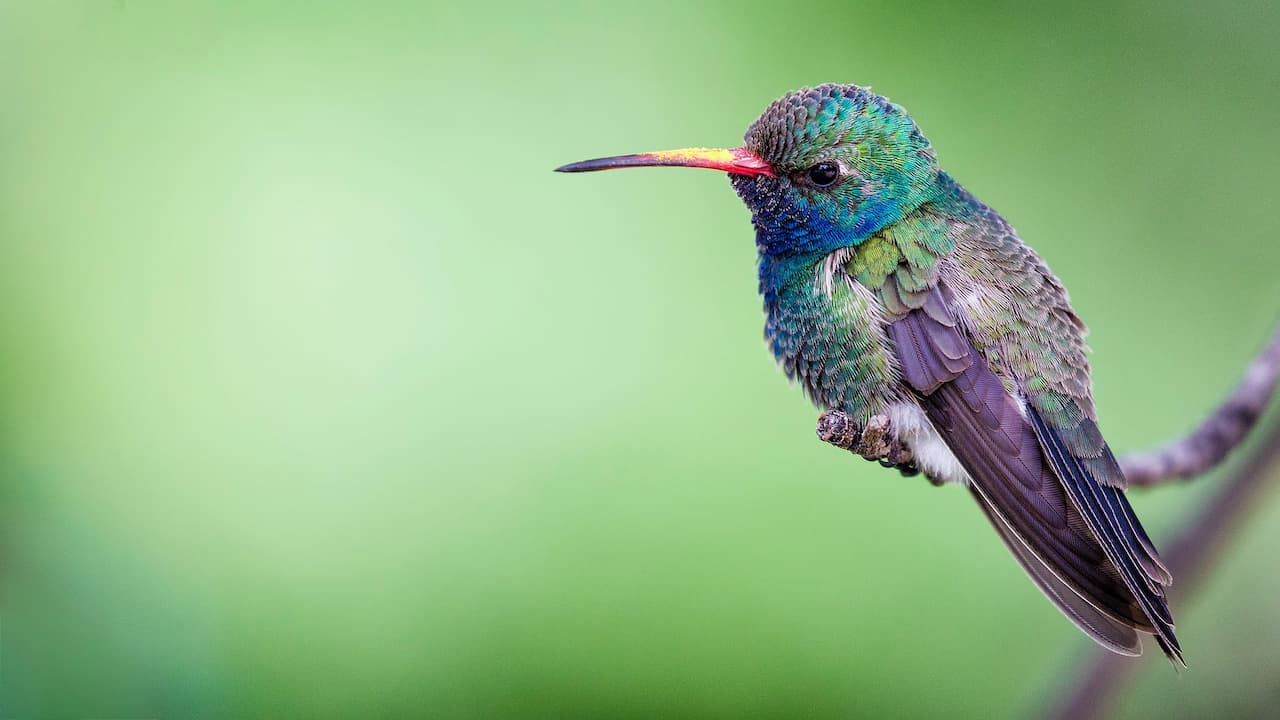

Green Violetear Hummingbirds (Colibri thalassinus) – Rare / Accidental – They are mostly resident in Mexico and Central America, but some seasonal movements have been observed. They may wander north to the United States and even as far north as Canada.
Plumage above is grass green turning into a bronze on the rump and uppertail feathers. There is a wide violet central spot on the upper chest and a violet-blue band along the chin that often connects to the violet-blue “ear” (for which they were named). The square tail is slightly notched with a broad dark blue band at the end. The smaller females have a slightly duller plumage.

